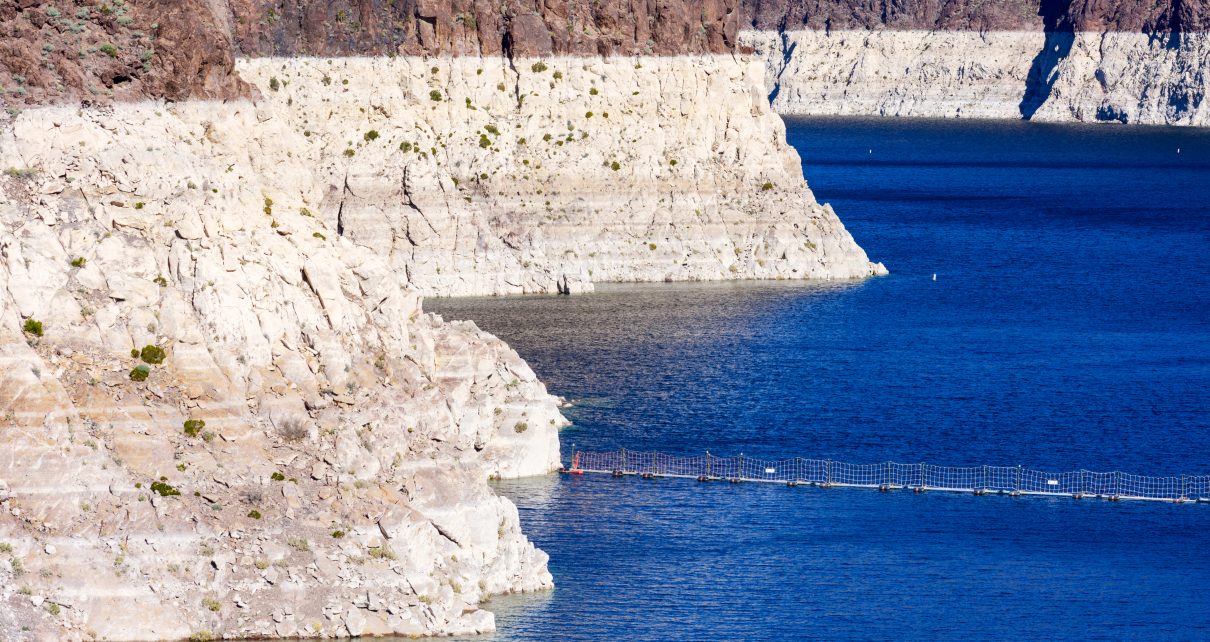
Record low levels at Lake Mead expose white rocks. (Photo: Shutterstock)
The Alleged Colorado River Drought
It’s hot af out there; but Sisolak’s prediction of doom lacks a scientific basis
By Norm Rogers, July 27, 2022 12:59 pm
We are all suffering from global warming exhaustion. Google “Colorado River drought” to get more than a dozen pages screaming that because of global warming the end is near for the Colorado River. Southern Nevada gets almost all its water from the Colorado River, so there is a reason to pay attention.
The Bureau of Reclamation computes and measures the “naturalized flow of the Colorado River at Lee’s Ferry.” Lee’s Ferry is a location near the start of the Grand Canyon close to the Arizona-Utah border. A Mormon family, the Lees operated a ferry service there in the 19th century. Naturalized flow is an attempt to recreate what the natural flow would be if it weren’t for the works of man, such as dams and diversions of water upstream. The vast majority of the water entering the Colorado River is upstream from Lee’s Ferry. Downstream you have the Grand Canyon, some very dry deserts and water hogs like California and Arizona. Nevada is a state that sips water. Looking at the naturalized flow is a reasonable way to detect a river drought.
If there is a drought on the Colorado river it is invisible. The massive reservoirs, Lake Powell and Lake Mead, are shrinking because the previously mentioned water hogs are taking too much water.
Anything to do with alleged global warming must kick in around 1975, because before 1975 there wasn’t enough carbon dioxide in the atmosphere to create much global warming. That’s according to the scientists milking the global warming scare.
The graph below shows the 30-year average naturalized flow (blue line). By averaging over 30 years the random changes year by year are smoothed and the long-term climatic trend is revealed. Also shown is the four year average flow, relevant because the great reservoirs, Lake Mead and Lake Powell, can only store about four years of water consumption. The graph shows that nothing dramatic is happening. Predictions that there will be a worsening drought are scare stories. There are periods of low flow in the four year average (black line) when storage will be inadequate and water users must be prepared for such events. From 1960 to 2021 the average flow was about 14-million acre feet. The dotted line shows a very slow downward trend in the 30-year average.
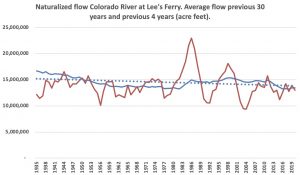
Climatologists frequently predict doom. It’s a way to get attention and money. If they predict a rosy future climate, they will injure the prospects of climatology as well as the prospects of politicians, environmental non-profits, and the green energy industry. These people and organizations are a doom alliance that benefits by scaring people and then offering to protect them from the doom they prophesized.
Steve Sisolak, the current governor of Nevada is a practitioner of the type of politics described by the journalist H.L. Mencken:
The whole aim of practical politics is to keep the populace alarmed (and hence clamorous to be led to safety) by an endless series of hobgoblins, most of them imaginary.
Sisolak’s climate strategy predicts global warming doom and proposes massive changes to the electrical grid, switching to solar power. His predictions of doom lack a scientific basis and his solution is guaranteed to be useless, because the contribution of Nevada to carbon dioxide in the atmosphere, the alleged cause of global warming, is negligible. Massive increases in carbon dioxide come from China and India.
Different promoters of global warming can manipulate the data to make it seem like there is a drought. For example, if you compare the average flow in the 20th century with the 21st century you will see a 20% drop in flow because there were high flows in the first 25 years of the 20th century record. The record has variations but nothing points to a drought.
That’s not to say that a drought can’t happen. The climate is a chaotic system. It can change either quickly or slowly. If the flow of the Colorado River were to drop by half over a period of 10 years, a sudden and unlikely event, Southern Nevada would certainly survive quite nicely. The reason is that about 80% of the lower Colorado River water is used to irrigate crops and decorative lawns in Arizona and California. Cutting back on irrigation of crops and lawns would leave plenty of water for more essential uses. There are methods of growing crops with less water.
Southern Nevada could get by with almost no water. Water used for domestic uses is not wasted but drains to sewer plants for purification and is then sent back to Lake Mead and can be used again. Go to the Clark County wetlands park to see a river of used water heading toward the lake. It’s called recycling.
- The Road To Solar Hell - December 13, 2022
- OPINION: Nevada Embraces California’s Madness - September 19, 2022
- OPINION: The Bizarre Cult Of Green Energy Takes Nevada - August 22, 2022
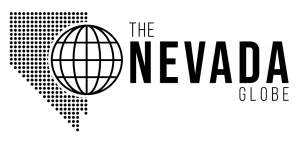

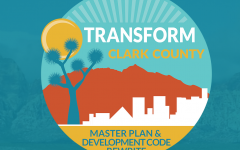
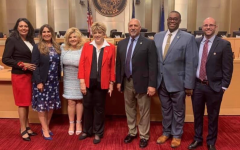

Drove. down to Yuma AZ – Algondes MX Lots of water in rivers, canals etc both in Kofa and Ripley area. All American Canal was full.
Thanks for the sensible and reasoned analysis. Scare tactics are everywhere, in order to control the population. Thank goodness we can’t all be controlled. There might be hope for the human race yet.